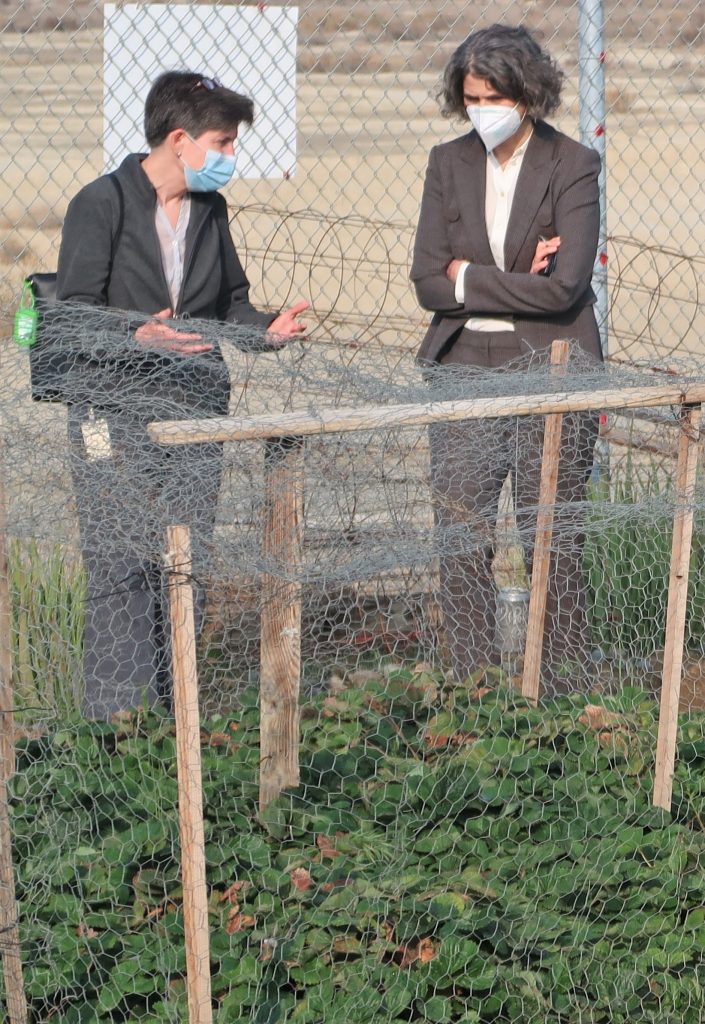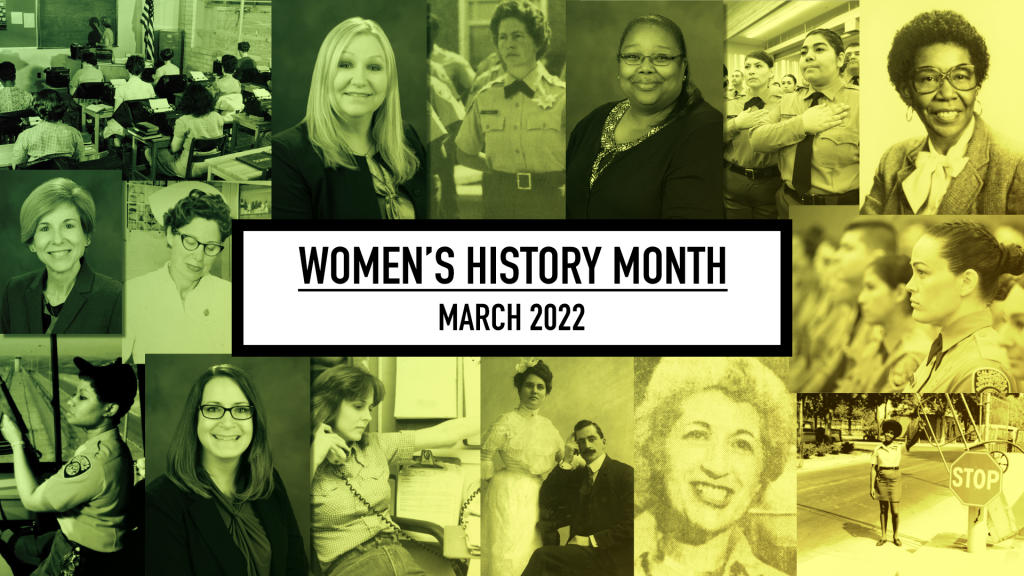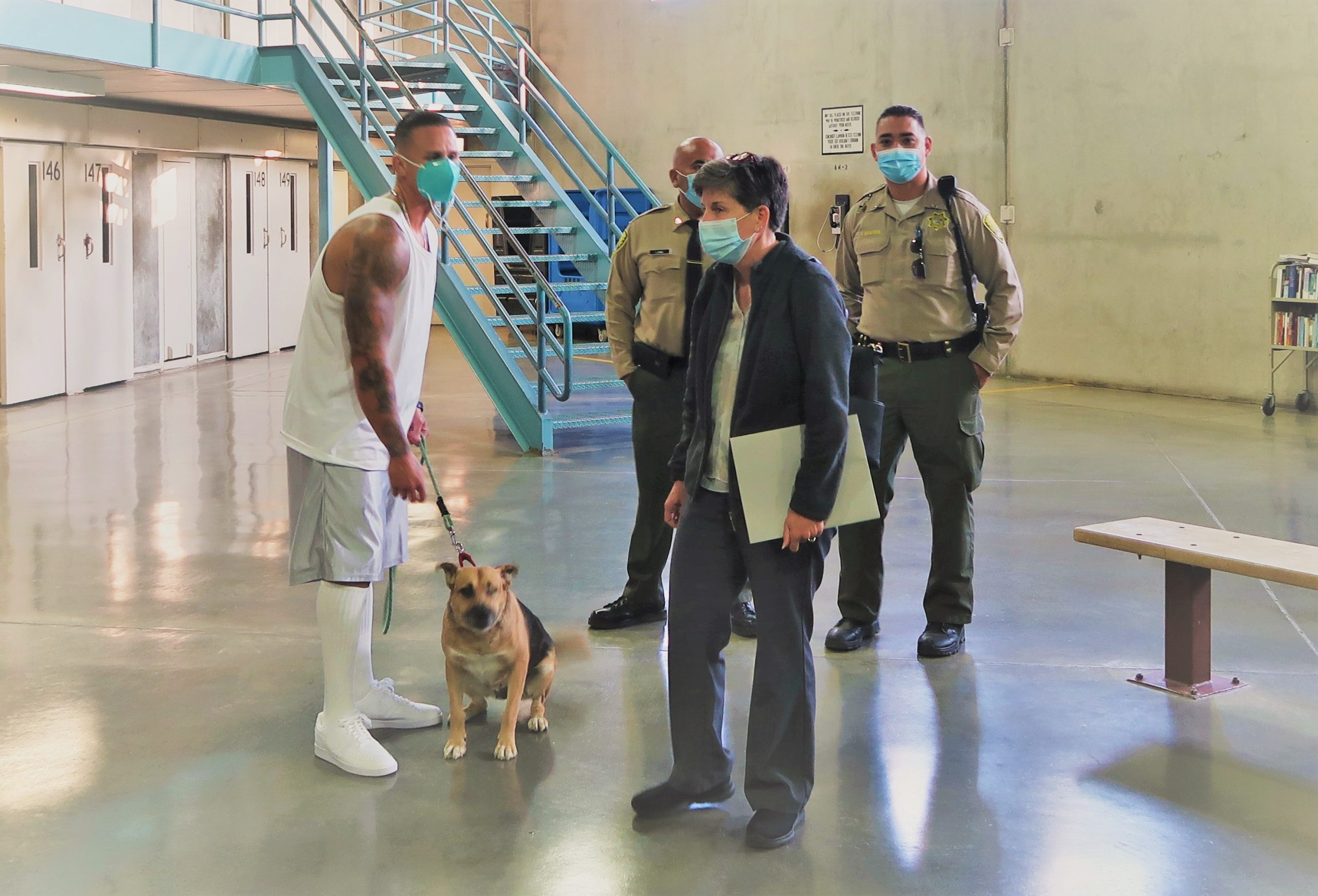When the COVID pandemic caused the world – and the department – to shut down, it slowed but did not stop Undersecretary of Health Care Services Dr. Diana Toche from wanting to go out and see as many staff and patients as she could. With an unprecedented public health crisis irrevocably changing corrections for both patients and staff, she knew she had to go out and see how the prisons were being impacted. Thus, as soon as it was safe to do so, Dr. Toche started to quietly make her way around the state to check in on staff.
Undersecretary was reassuring presence at institutions

Dr. Toche views these visits as crucial for knowing how staff and patients are doing.
“It’s so important to me, as a leader making important statewide policy decisions, even after all these years, that everyone – all staff – knows that I am thinking of them and trying to do my best by them. The only way I can make the best policy decisions I can is by listening to what they are seeing and feeling on-the-ground,” she said.
In 2021 alone, she traveled to 20 institutions. The omicron outbreak made her pause her progress in visiting the remaining 15 prisons, but now that prisons have begun to safely reopen and resume normal operations, she is starting to make preparations to go out again as soon as it is safe to do so.
“I hear the frustration out there. I know sometimes people think headquarters makes the wrong decisions or is ‘too slow’ in responding. If there is anything I’d like everyone to know, it’s that we do our best. And especially with COVID, our staff have not been far from my mind and we take as much as possible into consideration before making the best decision,” she said. “There will never be one cookie-cutter solution that applies to all prisons. The best thing headquarters can do is provide guidance and direction that is generalized enough to allow the local leadership to make the right decisions with how those apply to their prisons. Not micromanage.”
Checking in with institution staff, patients is critical
The longest-tenured member of the CDCR executive team, Toche has been to each prison multiple times and is familiar with the layout of every institution.
As soon as she arrives at a prison, she is ready to be immediately brought up to speed about what’s going on at the prison. She asks questions. “How have things been? What’s not going well? How can I help?” And, as she walks the grounds and encounter staff at their posts, she checks in with them all to see how they are doing.
CRC thanks Undersecretary for leadership
One of the prisons she was able to visit before the omicron wave hit was California Rehabilitation Center.
“The visit by Dr. Toche served as a great way for the Undersecretary of Healthcare Services to show her support to all the staff who have been working tirelessly to get CRC through its COVID Outbreaks,” said California Rehabilitation Center Warden Glen Pratt. “Her visit reminded staff that they are not alone and we are all in this together.”
Dr. Toche wants to hear from patients, too, often stopping to say hi and check in with them as she walks through the yard, clinic, or housing unit, or, where possible, sitting down more formally with Inmate Advisory Councils.
“I really like to hear from you,” she frequently says to them. “What are some things that you wish headquarters knew, or what are some things you’d like me to take back to my counterparts at headquarters?”
As soon as the meetings are over, she starts walking to the next area of the prison to visit. While doing so, she’s also writing messages to headquarters staff, following up on the prison’s concerns.
Listening to staff and the incarcerated population
Why does she take the time to do this?
“Knowing that someone is taking your thoughts and ideas under serious consideration keeps people invested in their own futures. It’s only a few minutes of my time, but it could mean the world to someone,” she said. “Our incarcerated population offers valuable insights on what we could do better.”
More than anything, pandemic or not, Dr. Toche sees institutional visits as an essential part of her job. “I don’t want anyone to feel like we [at headquarters] are out of touch and don’t know what’s going on. The more I’m able to visit the prisons, the better I’m able to advocate for them – both staff and patients. This helps make sure they have what they need to be safe and successful.
“Especially right now, I also really want to show my appreciation for everything they have had to do the past 24-plus months to keep COVID at bay as much as possible. I know it’s not easy, and I know we ask a lot from them. But, it’s so heartening to see that everyone knows we are in it together. We have to get through this and stay safe together.”
By Thy Vuong

See more stories highlighting CDCR/CCHCS staff.
Follow CDCR on YouTube, Facebook, X (formerly Twitter). Listen to the CDCR Unlocked podcast.
